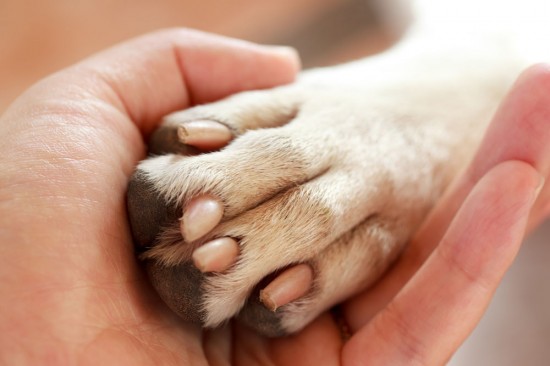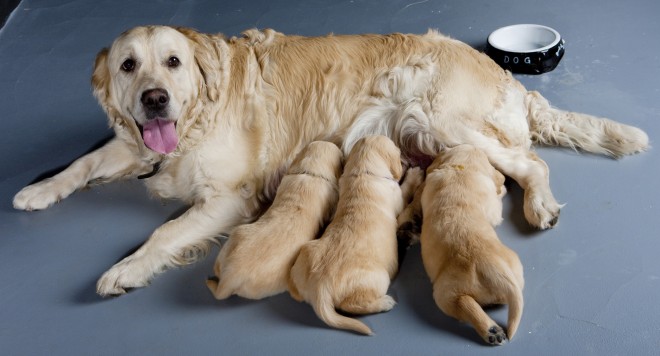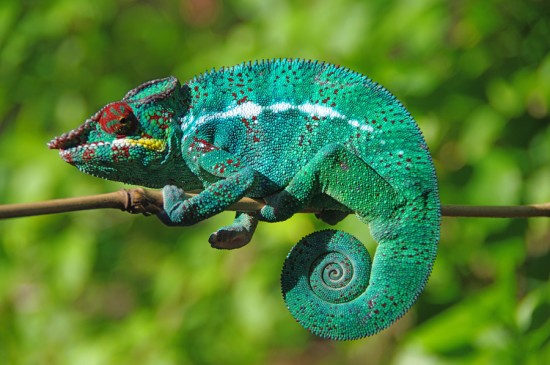
Feline lower urinary tract disease (FLUTD) is a term that is used to cover many problems of the feline urinary tract, including stones and cystitis. The term feline urologic syndrome (FUS) is an older term which is still sometimes used for this condition. The condition can lead to plugged-penis syndrome also known as blocked cat syndrome.
FLUTD is not a specific diagnosis in and of itself, rather, it represents an array of problems within one body system.
It affects cats of both sexes, but tends to be more dangerous in males because they are more susceptible to blockages due to their longer, narrower urethrae. Urinary tract disorders have a high rate of recurrence, and some cats seem to be more susceptible to urinary problems than others.
Signs of FLUTD include:
Prolonged squatting or straining in or out of the litter box (some owners may confuse this with signs of constipation) and not producing urine or only a small amount
Frequent urination or straining
Pain while urinating (meowing or howling)
Urinating outside of the litter box
Blood in the urine
Frequent licking of the genital area
Vomiting
Depression
It can be treated by following ways:
If dire, life-threatening status, then correction of hydration, electrolyte and metabolic disturbances if possible is attempted. If the bladder has ruptured, then surgery is required.
Obstruction must be relieved. Quite often, cats are anesthetized and a urinary catheter is placed (in the urethra) to dislodge the offending occlusion and to empty the bladder. Sometimes, to maintain patency, the catheter is left in place for several days.
Antibiotics are administered if urinary infection is suspected; fluids are given to "flush" bladder content (diurese), maintain urine flow, hydration and to correct metabolic and electrolyte derangements.
If crystals or urinary tract calculi ("stones") are suspected, based upon physical exam, urinalysis or x-rays, special diets and medications may be perscribed (depending upon the nature of the crystals/stones). However, some types are not amenable to medical dissolution and surgery may be required.
There are several causes of FLUTD in cats:
Feline Idiopathic Cystitis (FIC) or unknown cause: This is the most common cause of FLUTD in cats, and is seen in 50 - 65% of cases. Cystitis means "means irritation of the urinary bladder". Even with extensive testing, much of the time a cause of the symptoms cannot be determined.
Urinary Stones (uroliths): Struvite or calcium oxalate are the most common form of urinary stones. Uroliths are seen in 15 - 20% of cases.
Diet: A diet of dry food & fish flavoured foods can both lead to FLUTD.
Cancer: This is seen in less than 1% of cases.
Trauma or anatomical defects of the urethra: This is seen in less than 1% of cases.
Bacterial infection: This is an uncommon cause of FLUTD & is seen in around 1 - 3% of cases.
How Can These Possible Causes Be Sorted Out?
In younger cats, there is a 50% chance that testing will be fruitless. Given this, testing beyond an examination and urinalysis may not be performed unless the syndrome is recurrent.
 Winter Paw Care For Dogs
Winter Paw Care F
Winter Paw Care For Dogs
Winter Paw Care F
 Keeping Your Children Safe Around Your Dog
Keeping Your Chil
Keeping Your Children Safe Around Your Dog
Keeping Your Chil
 Can You Increase A Dam’s Milk Production?
Can You Increase
Can You Increase A Dam’s Milk Production?
Can You Increase
 The Best Equipment for a Successful Dog Pig Hunt
The Best Equipment for a Successful Dog Pig Hunt
The Best Equipment for a Successful Dog Pig Hunt
The Best Equipment for a Successful Dog Pig Hunt
 Chameleons - The Amazing Technicolour Pet!
Chameleons - The
Chameleons - The Amazing Technicolour Pet!
Chameleons - The
Copyright © 2005-2016 Pet Information All Rights Reserved
Contact us: www162date@outlook.com